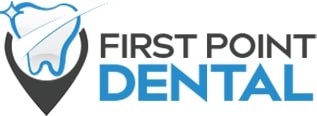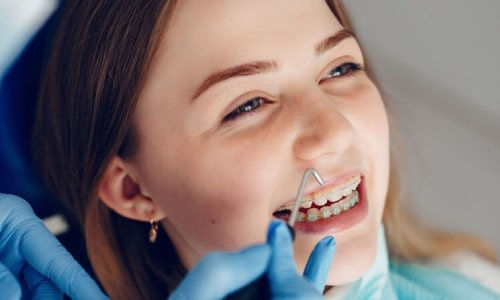The Future of Laser Dentistry
What does LASER mean?
The term LASER is an acronym for “Light Amplification by the Stimulated Emission of Radiation”. Medical grade lasers are extremely focused light beams that offer an alternative to traditional dentistry for some procedures. Laser surgery is not limited to dentistry and can be used in a wide range of medical procedures.
The History of Laser Dentistry
Laser dentistry has been around since the mid-1900s. Its first application was in the 1960s. In the years that have followed, there has been a significant amount of research in developing laser technology and dental techniques. Laser in pediatric dentistry became commercially used in dental practices in 1989.
Laser Dentistry FAQ
- What types of procedures use laser dentistry? – Lasers can be used to treat a “gummy smile”. Lasers are used to reshape the gum tissue when the gums’ length covers a larger part of the tooth. Lasers are also used commonly in teeth whitening procedures. During the bleaching process, lasers are used to speed up the whitening sessions. The use of lasers is common in many other procedures for hard and soft tissue such as tooth sensitivity, repairing damaged fillings, and treating gum disease.
- Is laser dentistry safe? – Laser dentistry is a very safe practice. There are several medical treatments outside dentistry that also use laser treatments. The FDA has approved the use of lasers in dentistry. While the ADA has not yet given the Seal of Acceptance, they state their optimism in the role of laser technology in the field of dentistry.
- What are the benefits of laser dentistry? – Laser dentistry is known to be a painless or minimal pain experience in all of the procedures. There are several benefits of using this technique. Patients are less likely to need sutures. Lasers have the benefit of sterilization. Because of this, there is a lower chance of infection with laser treatments. Lasers can also shorten the healing time in gum procedures.
The Future of Laser Dentistry

While the practice of laser dentistry and lasers in medical practice has been around for decades, there is still much more to come with the future of laser dentistry. Dental practitioners continue to lead the development of laser surgery applications. The techniques are continuously improving as well as the laser technology.
Lasers have evolved from infrared carbon dioxide into a superior ultra-violet laser with improvements being made in greater frequency. Dental laser therapy is emerging in a significant portion of dental treatments. Advances have come in laser diagnostics, laser tissue-welding, photocoagulation, and photoablation. These improvements offer greater precision and yield more satisfactory results.
As advances in laser treatments in dentistry progress, research will continue on the risks and benefits along with the viability of specific laser applications. Laser surgery and treatments in dentistry will continue to evolve over the coming years with increased use.
Laser treatments can be used in a variety of procedures. Laser dentistry provides a number of advantages for soft and hard tissue. The versatility of this technique allows dentists to create faster and less invasive treatments for their patients. Laser dentistry is affordable and becoming more common in dental offices. Ask your dentist about using laser treatments for dental surgeries and procedures.

